F-117 Nighthawks Soar Over Alaska

The F-117 Nighthawks — officially retired 15 years ago — continue to expand their reach in the adversary support and test and evaluation role as participants in Northern Edge 2023 (NE23) up in Alaska. We first heard that F-117s were players in Northern Edge — the Pentagon's massive test and training exercise that occurs in Alaska — last week. A pair of them had been operating out of Joint Base Elmendorf-Richardson in Anchorage.
Now the Air Force has officially publicized their involvement with a set of great images of the 'Black Jets' in action.
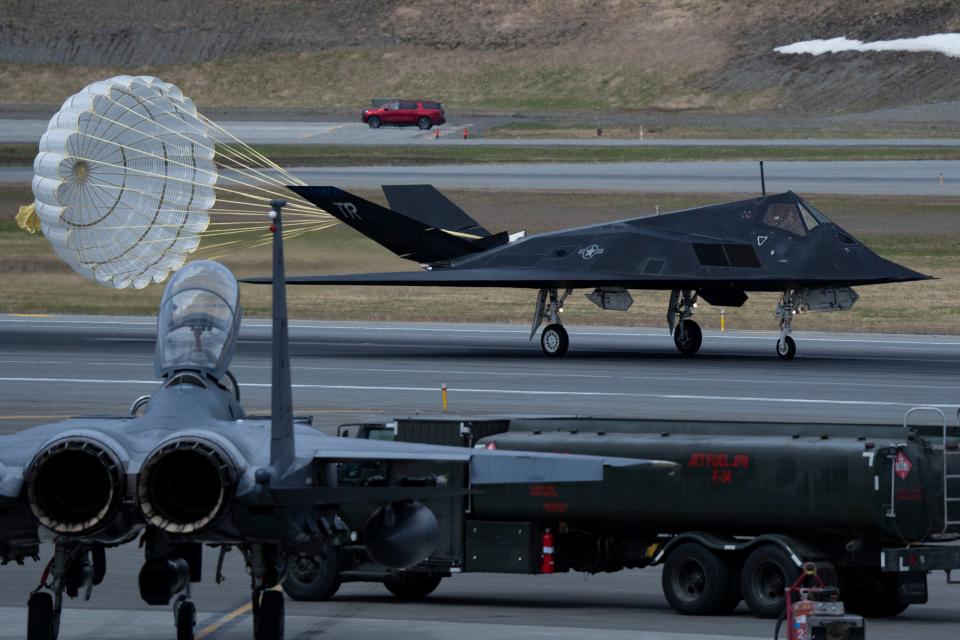

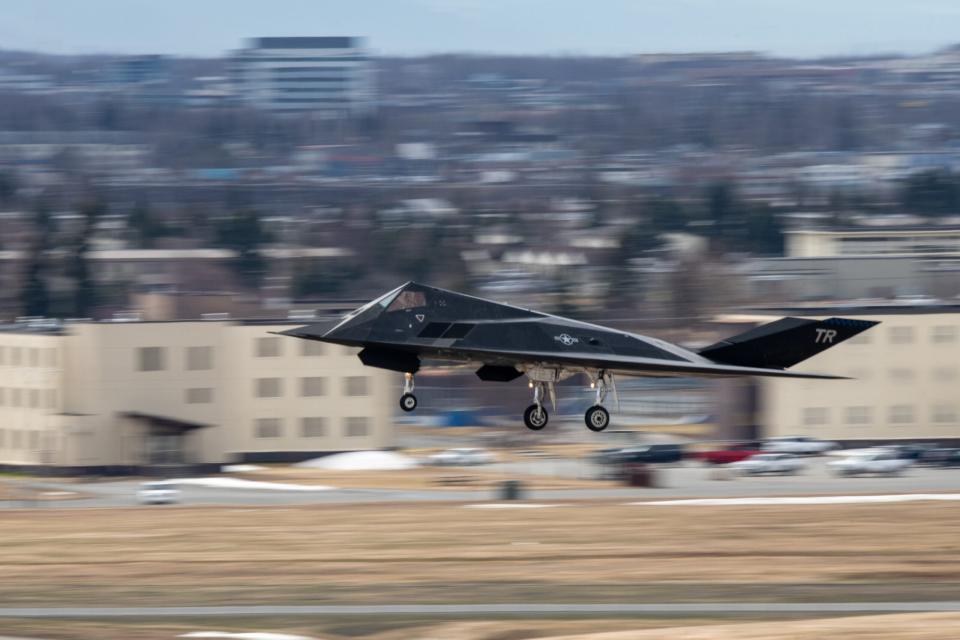
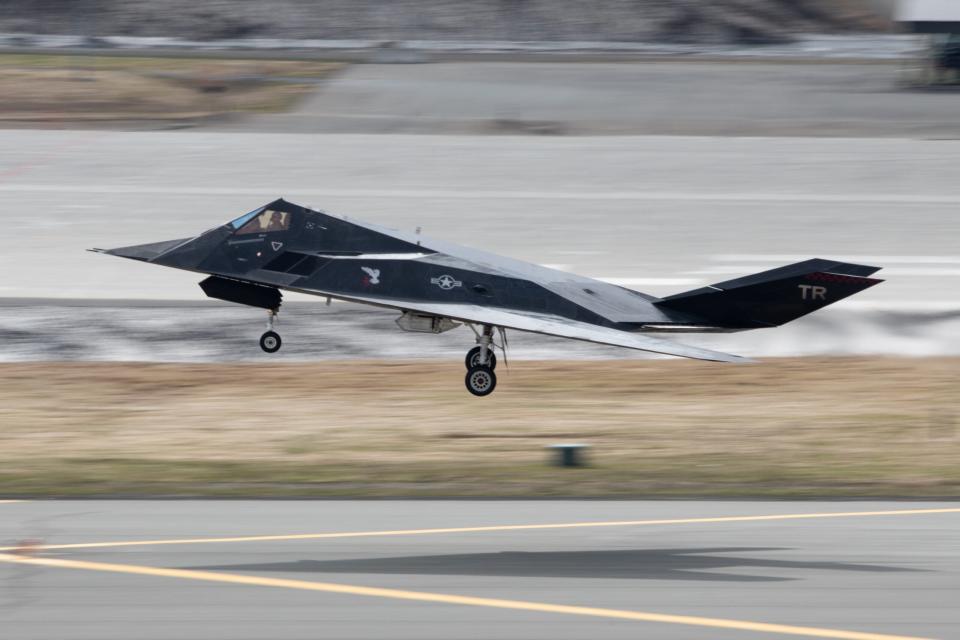
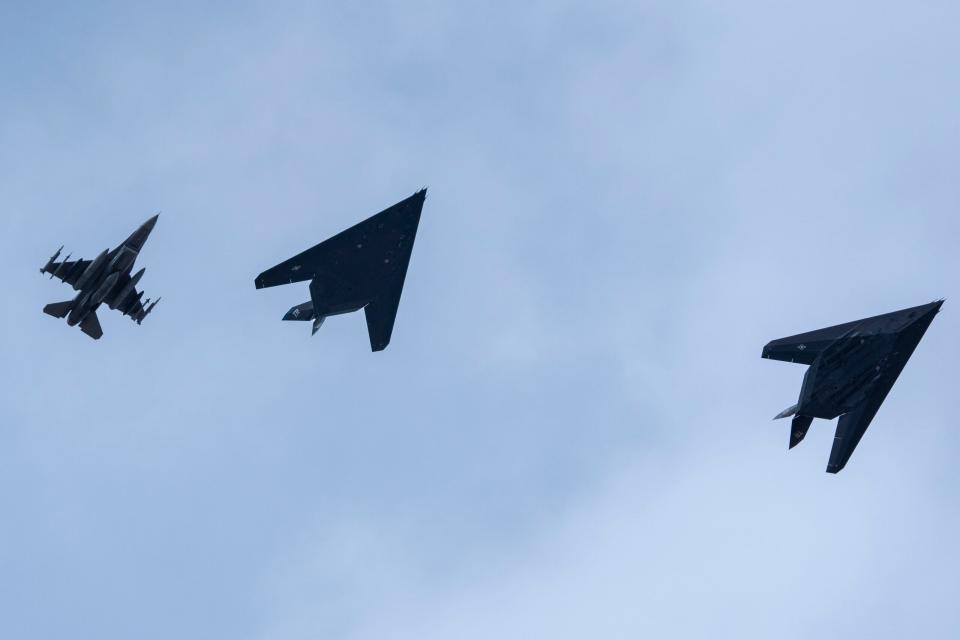



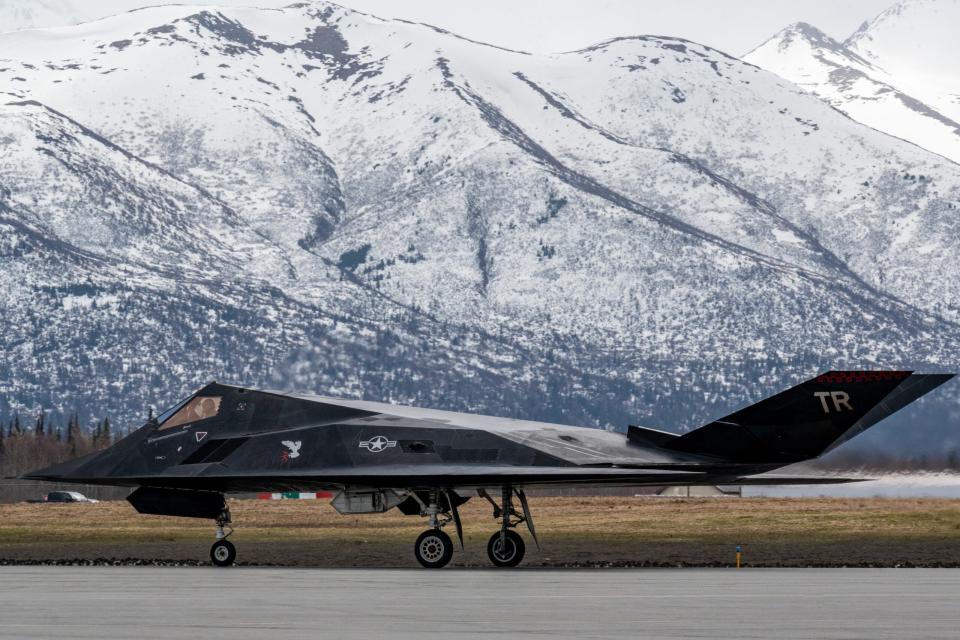

Northern Edge focuses on inter-operational capabilities, especially when it comes to communications and data-sharing, as well as testing new technologies and concepts of operation. It also serves as an advanced large force employment (LFE) training event that includes international participants. It does all this in a realistic wartime-like training environment with an expansive set of assets at sea, on land, in the air, and in space. The training area alone sets NE apart from most other large-scale exercises. The Joint Pacific Range Complex (JPARC) provides massive and complex range areas that dwarf those in the lower 48 states.


The F-117s have been expanding their coverage area, and their public profile, in recent years. Starting in 2021, The War Zone was the first to report that the original stealth jets can once again be refueled by any KC-135 tanker, making long-range transits more plausible. Still, beyond unsupported rumors, this is the first time we know of them venturing outside the lower 48 states since retirement.
As we have stated for a decade now, the F-117s work as low-observable (stealthy) aggressors and for research and development work. Their unique signature, both RF and IR, is a very well-studied control variable to test against new coatings, sensors, and other technologies. The Nighthawks will continue fulfilling this niche mission set for at least another decade.
Considering NE is a hybrid test and training event that is extremely complex and pulls together assets from across the globe, including testbed aircraft and those from the test and tactics development communities, the F-117 would seem to be a good participant for it. They would be especially useful to augment the 18th Aggressor Squadron that calls Eilson AFB in Alaska home, and prove to be uniquely challenging targets for new sensor and networking capabilities to be trialed against.
In the limited number of images we have of the F-117s, they are wearing their radar reflectors (the diamond-like protrusions bolted onto their sides). It's likely they were removed for sorties where their unique low-observable radar signature was necessary. The reflectors are also standard for long transits so that the F-117s can be seen on air traffic control radars.
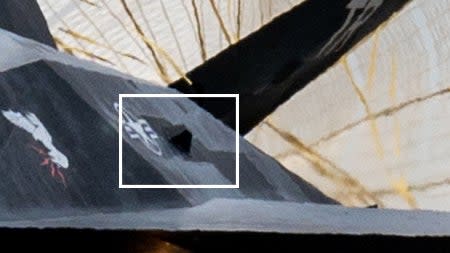
Speaking of testbed jets, the top photo in this article shows Raytheon's 727 testbed aircraft in the background. It is a prized asset that is used for sensor and communications development, with its F-15 nose radome, large reconfigurable ventral gondola, and optional side 'cheek' fairings hosting various developmental technologies. You can read all about this fascinating jet in our previous feature on it here.
It's truly remarkable to see these iconic aircraft operating in Alaska after all these years.
Contact the author: tyler@thedrive.com

